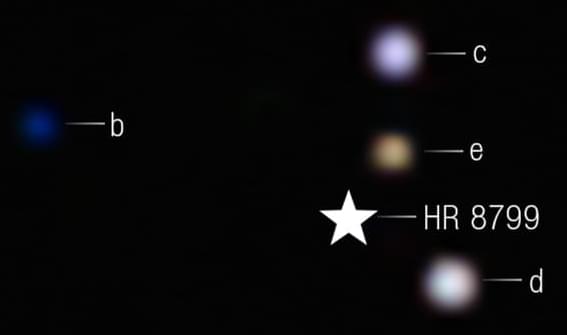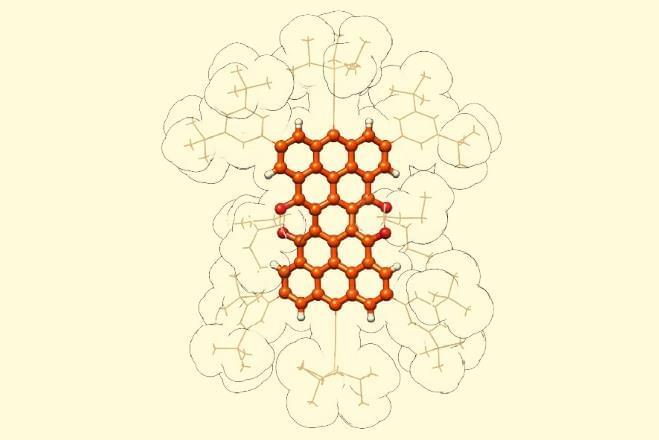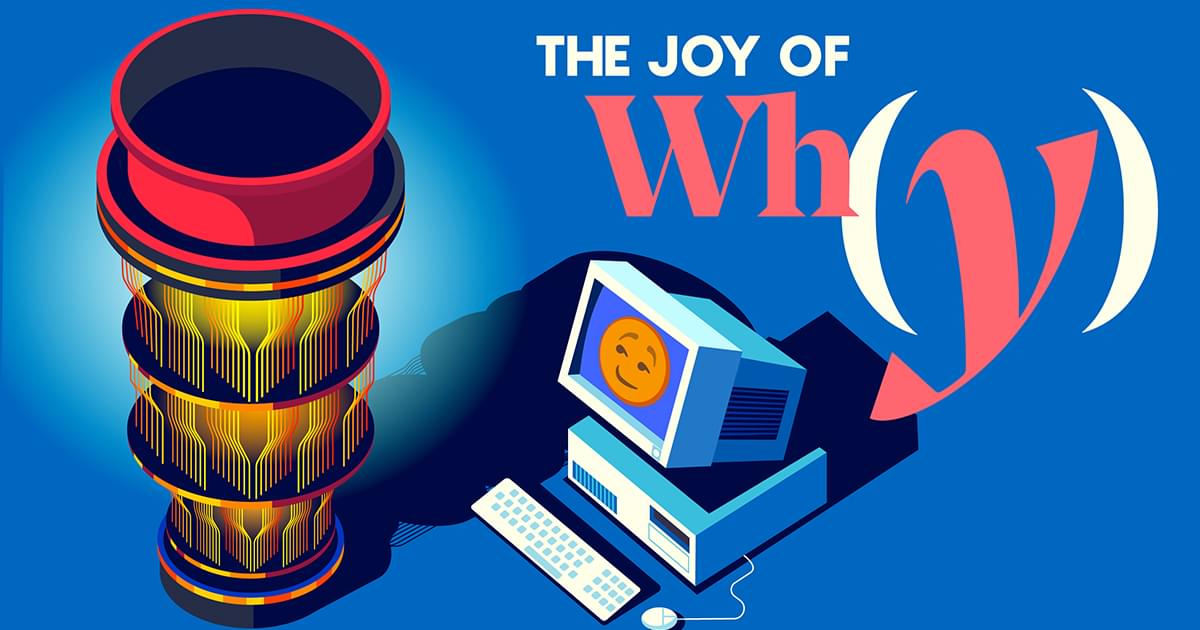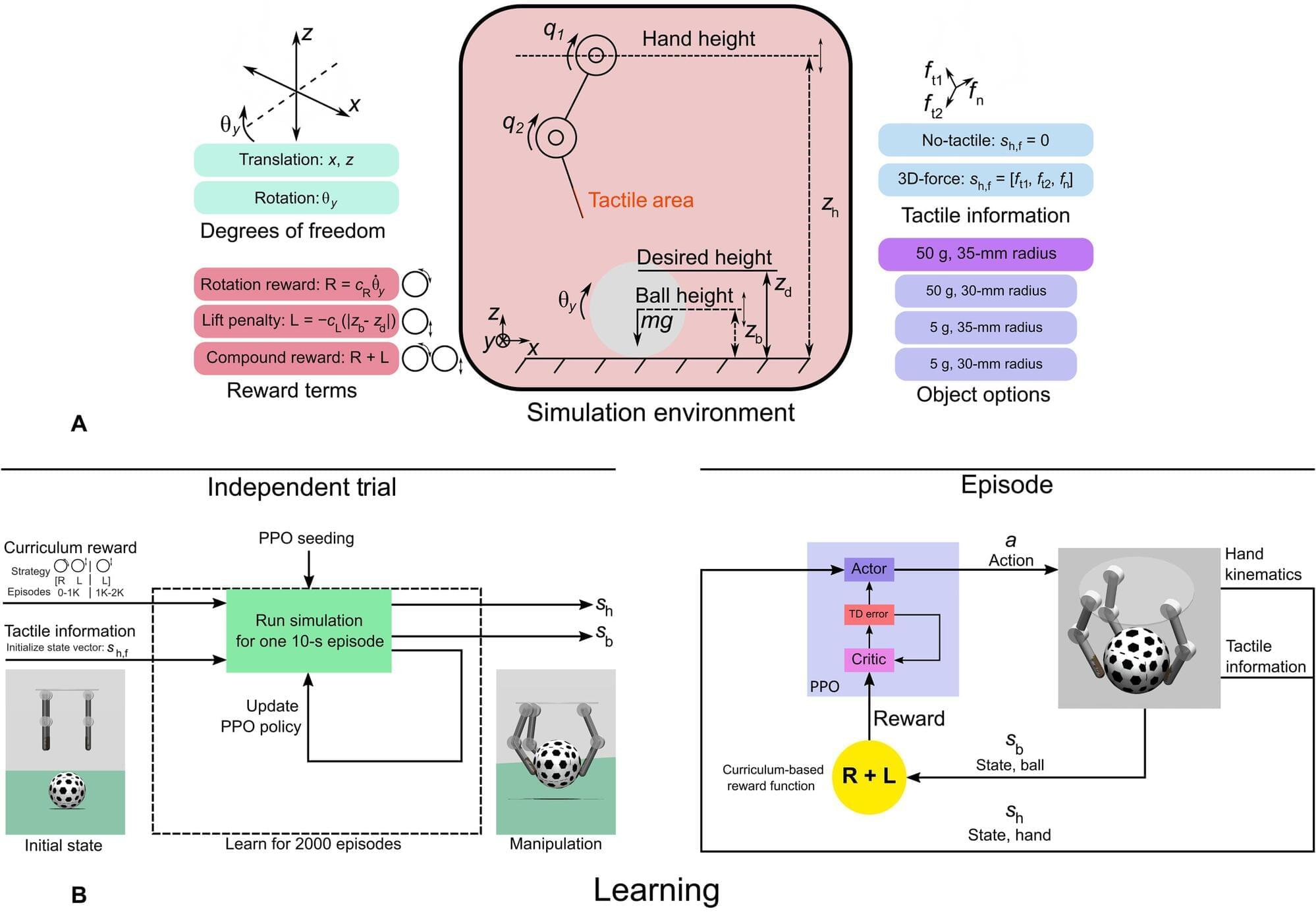Supermassive black hole 9 billion light-years away consumes largest star ever observed



The James Webb Space Telescope has captured its first direct images of carbon dioxide in a planet outside the solar system in HR8799, a multiplanet system 130 light-years away that has long been a key target for planet formation studies.
The observations provide strong evidence that the system’s four giant planets formed in much the same way as Jupiter and Saturn, by slowly building solid cores. They also confirm Webb can do more than infer atmospheric composition from starlight measurements—it can directly analyze the chemistry of exoplanet atmospheres.
“By spotting these strong carbon dioxide features, we have shown there is a sizable fraction of heavier elements, such as carbon, oxygen, and iron, in these planets’ atmospheres. Given what we know about the star they orbit, that likely indicates they formed via core accretion, which for planets that we can directly see is an exciting conclusion,” said William Balmer, a Johns Hopkins University astrophysicist who led the work.

In humans and other multicellular organisms, cells multiply. This defining feature allows embryos to grow into adulthood, and enables the healing of the many bumps, bruises and scrapes along the way.
Certain factors can cause cells to abandon this characteristic and enter a zombie-like state known as senescence where they persist but no longer divide to make new cells. Our bodies can remove these senescent cells that tend to pile up as we age. The older we get, however, the less efficient our immune systems become at doing so.
“In addition to no longer growing and proliferating, the other hallmark of senescent cells is that they have this inflammatory program causing them to secrete inflammatory molecules,” said Peter Adams, Ph.D., director and professor of the Cancer Genome and Epigenetics Program at Sanford Burnham Prebys and senior and co-corresponding author of the study.




A pair of top quarks has been detected in the detritus spraying forth from the collision of two atoms of lead.
It’s the first time that this specific quark-antiquark pair has been spotted in a collision between two nuclei. The detection strengthens evidence that all six quark flavors existed at the dawn of time, in the soupy quark-gluon plasma thought to have suffused the Universe in the moments after the Big Bang.
This means that we’re a step closer to taking new measurements of this primordial soup, and gleaning new insights into how our Universe formed from the very beginning.

How does a robotic arm or a prosthetic hand learn a complex task like grasping and rotating a ball? The challenge for the human, prosthetic or robotic hand has always been to correctly learn to control the fingers to exert forces on an object.
The sensitive skin and nerve endings that cover our hands have been attributed with helping us learn and adapt to our manipulation, so roboticists have insisted on incorporating sensors into robotic hands. But–given that you can still learn to handle objects with gloves on– there must be something else at play.
This mystery is what inspired researchers in the ValeroLab in the Viterbi School of Engineering to explore if tactile sensation is really always necessary for learning to control the fingers.
Imagine a world where losing a tooth doesn’t mean living with dentures or undergoing expensive implants. It might sound like science fiction, but researchers in Japan are on the verge of making this dream a reality. A groundbreaking discovery suggests that humans possess a third set of teeth —dormant tooth buds that typically never develop.
This revolutionary finding could transform dental care as we know it. Scientists have identified a way to activate these dormant tooth buds through a newly developed medication. If successful, this treatment could enable people to regrow lost teeth, making dentures and implants a thing of the past.
Let’s dive into the science behind this discovery and explore how it might change the future of dentistry.
